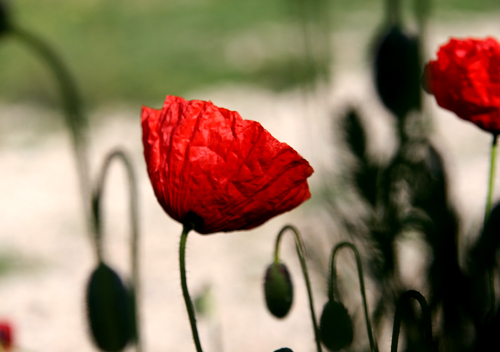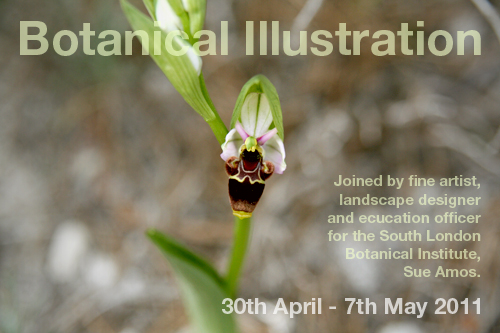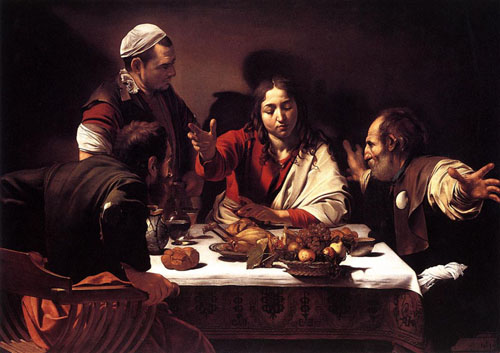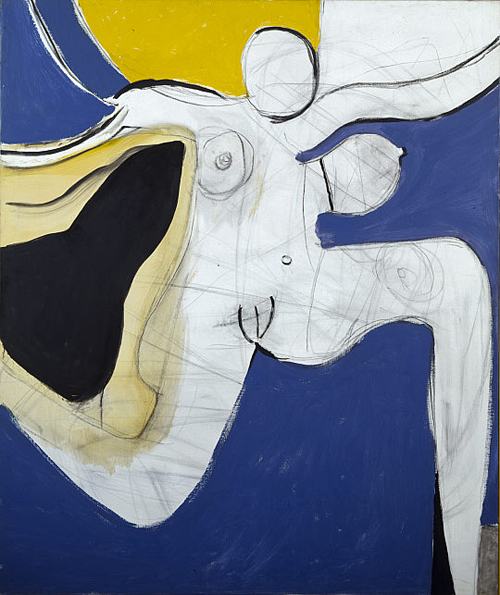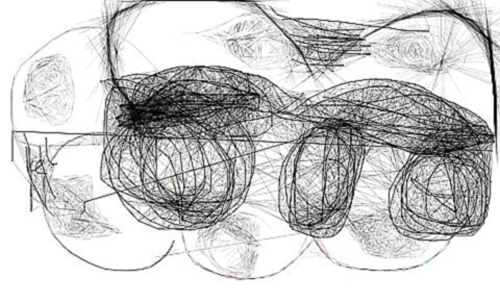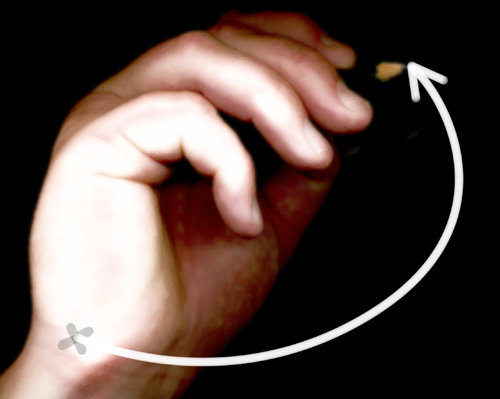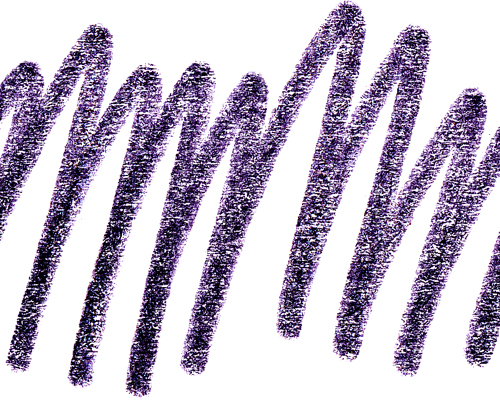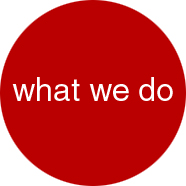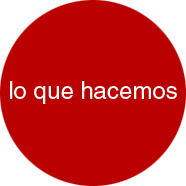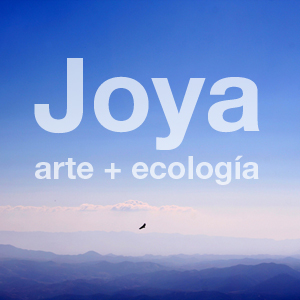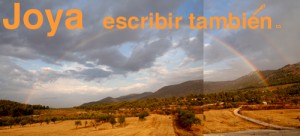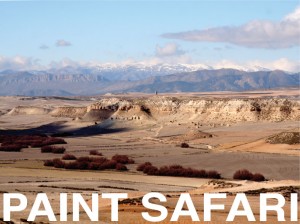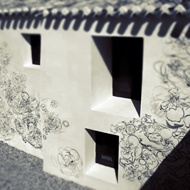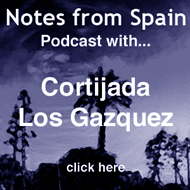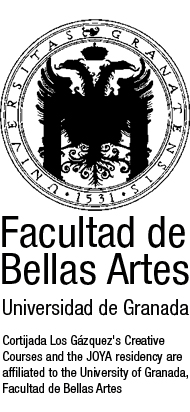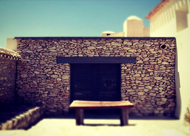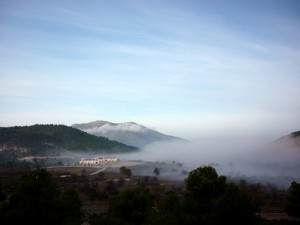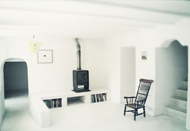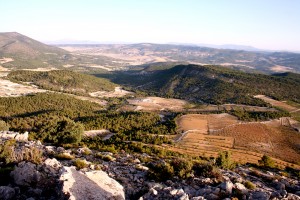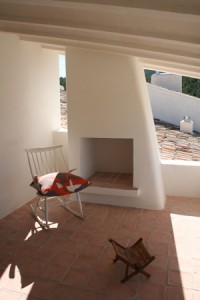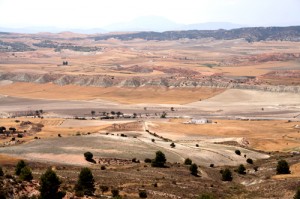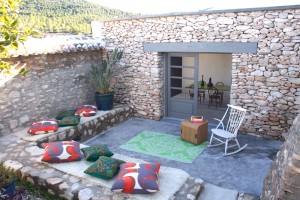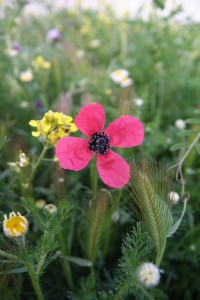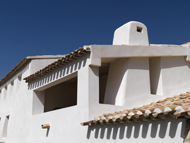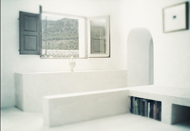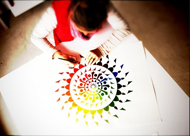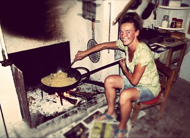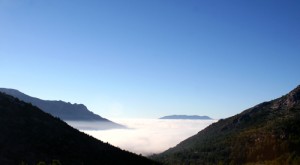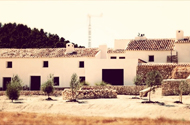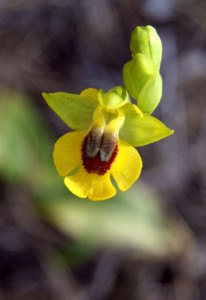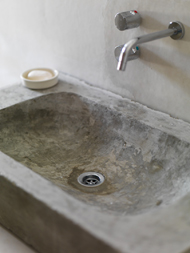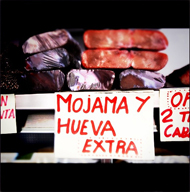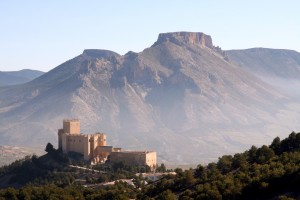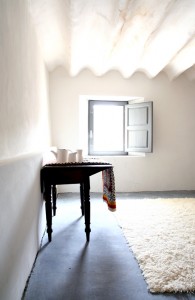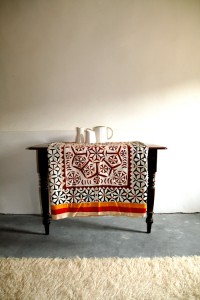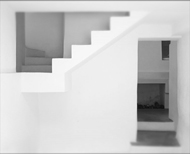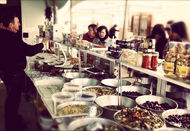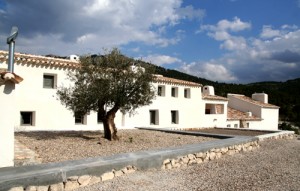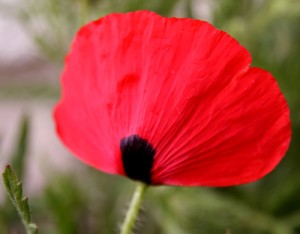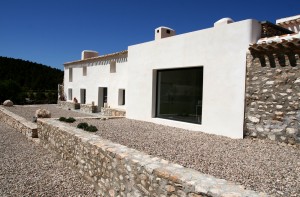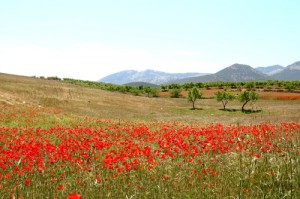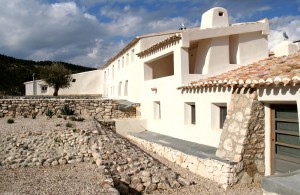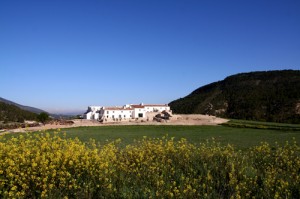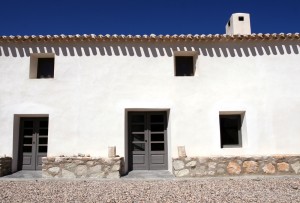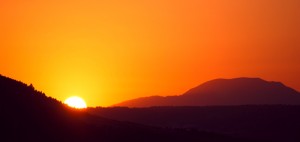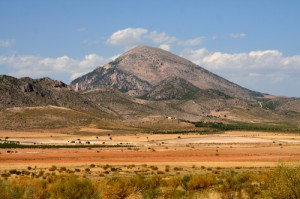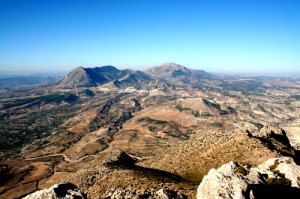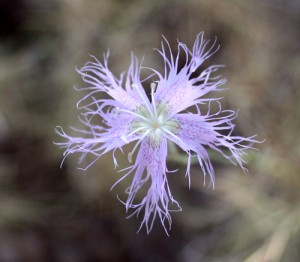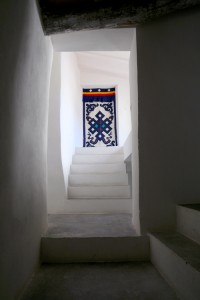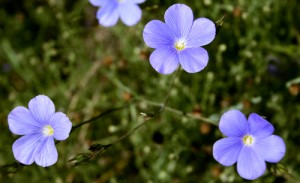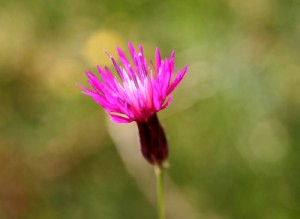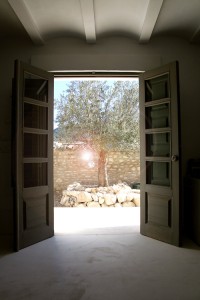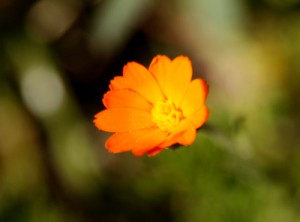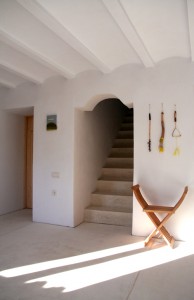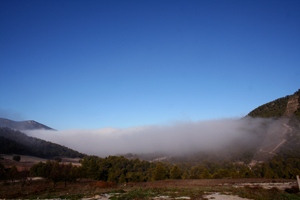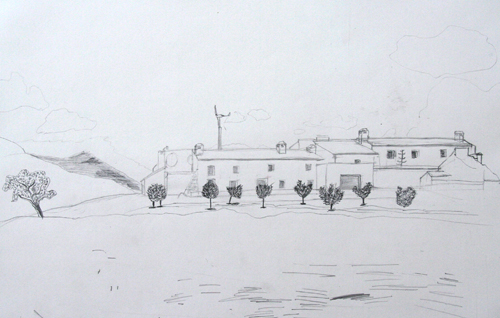
Remembering where Ben started, (click here) this is his first drawing at Los Gázquez, a view back to the cortijada. This is a stab at a more academic drawing, each element carefully measured and calculated, constantly cross referencing points. He found it a nightmare but I think he did pretty well.
However that afternoon…
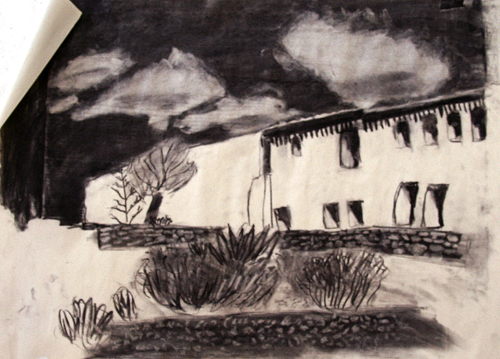
he found a medium he really enjoyed, charcoal. It gave him a freedom he had not previously considered. It’s malleability allows you to cover mistakes rapidly and move at speed. For the rest of the day we carried on with charcoal making different drawings around the building, getting into the medium.
The next day I thought it good to do specific exercises appropriate to charcoal. Now, it’s a seldom considered manifestation of the brain to conceive objects via their perimeters. This usually expresses itself with us drawing a series of lines. However, what defines an object is in reality not the perimeter edges our cognitive skills perceive, but the fall of light, creating shade. So the next morning we worked on two pieces of paper, set up parallel to each other, the view point slightly different, and worked one from dark to light and the other from light to dark. To do this, one of the pieces of paper was completely blacked out with charcoal requiring Ben to draw solely with the putty rubber, considering just the fall of light and working in areas rather than lines. On the second piece of paper I only allowed Ben to apply charcoal with his fingers and only put in the shade. I think the results speak for themselves…
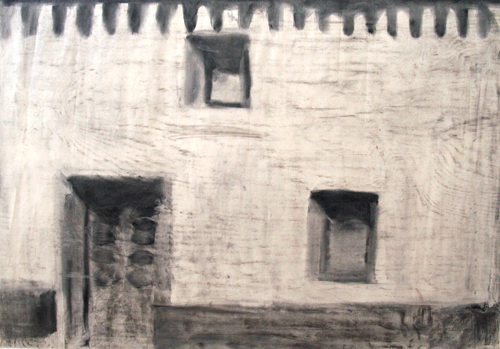
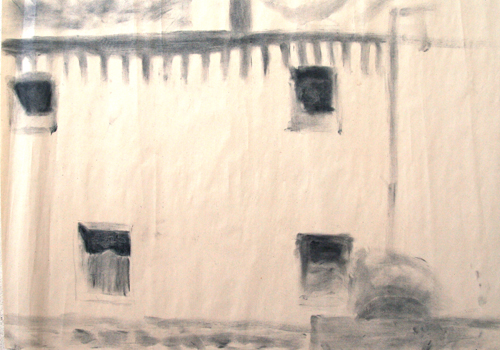
I love this last drawing, it says so much about the light and the hot sun here. It also reminds me of a Morandi drawing and in my opinion is a great success.
Building on the rapid improvement in Ben’s work I thought the afternoon should see us giving him an even bigger challenge. I took him half way up the mountain at the back of Los Gázquez to draw the view below, La Hoya de Carrascal.
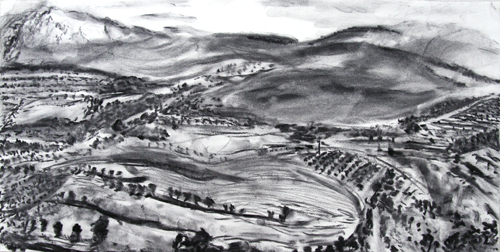
This is a very different composition, full of detail and texture. More importantly it required gesture and rhythm to make it come alive, a mixture of consideration and energy applied simultaneously. I think he did terrifically well.
I would say, considering the speed in which Ben picked up on what I was telling him, that he immediately understood and employed my suggestions and how he was free of any baggage of resistance he will be and indeed is a good artist. All he needs is to loosen up and be free with his drawing and he will be away. It was a great pleasure in having Ben and his family here at Los Gázquez. I hope it can happen again soon.
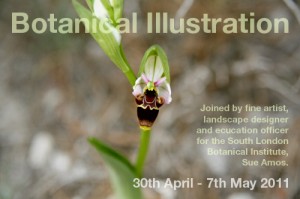 From the 30th of April to the 7th of May Cortijada Los Gázquez is running a Creative Course, Botanical Illustration.
From the 30th of April to the 7th of May Cortijada Los Gázquez is running a Creative Course, Botanical Illustration. 